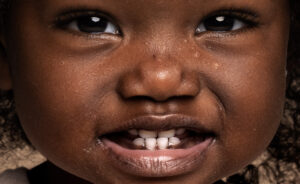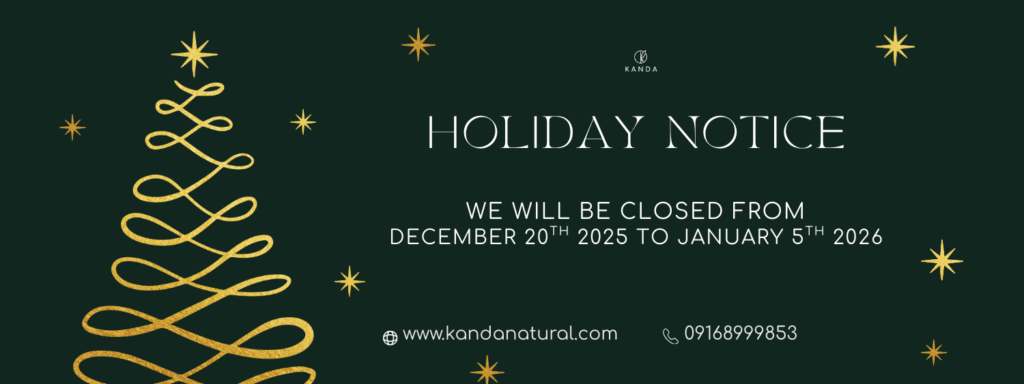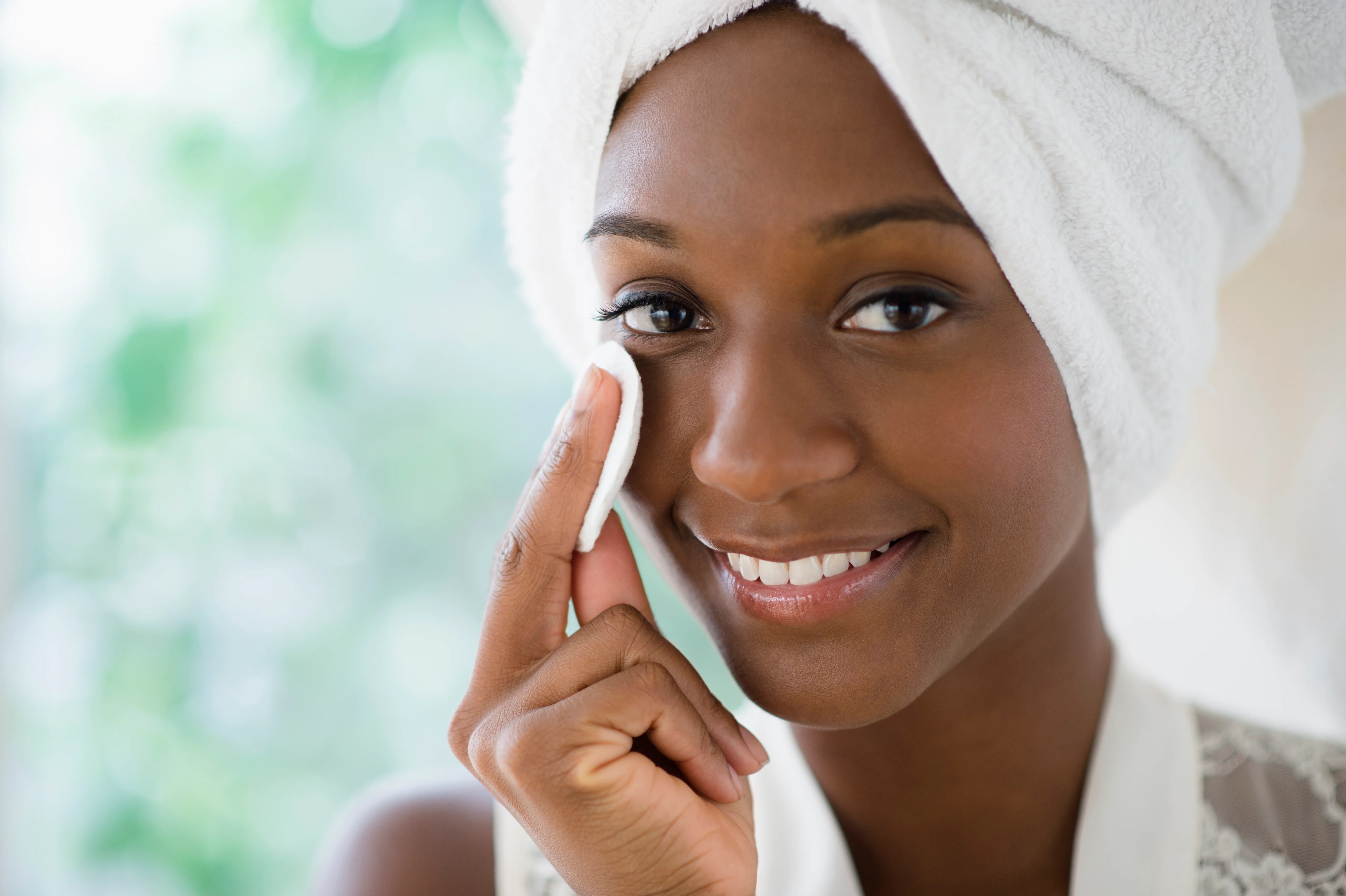
Why And How To Include A Toner In Your Skincare Routine
May 14, 2024
Causes Of Rough, Dry Skin Patches & How To Treat Them
May 27, 2024Some babies are born with skin issues that look like pimples or blemishes on their skin while some babies develop these issues in their first few weeks of life. This pimple- or blemish-like issue may likely be baby acne which is harmless and usually goes away on its own without treatment.
What Is A Baby Acne?
Baby acne (or neonatal acne) is a common, usually temporary, skin condition that develops on a newborn’s face or body, often within the first few weeks after birth. It results in tiny red or white bumps or pimples, and in almost all cases, the acne resolves on its own without treatment or scarring.
Baby acne is often also referred to as neonatal acne because it occurs in about 20% of newborns. But baby acne is generally different from other skin conditions in newborns like infantile acne. We’ll talk more about the differences later.
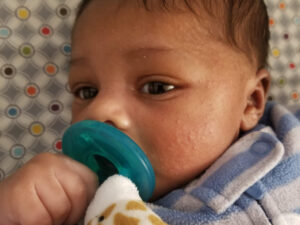
Causes Of Baby Acne
At this time, it’s unclear why baby acne develops, although some researchers believe that it’s caused by maternal or infant hormones during pregnancy. Some researchers believe that it’s an inflammatory response to yeast on the skin and is thought to be linked to maternal hormones that pass from the placenta to the baby during pregnancy.
Additionally, baby acne could be caused by products you use on their skin. Because babies have sensitive skin when they’re born, their skin may react negatively to anything like food, vomit or drool that’s left on it for too long.
Symptoms Of Baby Acne
As mentioned earlier, baby acne can show up at birth or before your baby turns 2 months old. It often looks similar to mild adolescent or adult acne and could be small, reddish bumps that are swollen (papules). It could also look like bumps that contain pus, surrounded by a red or dark brown ring (pustules) that look more visible when they cry.
Typically, babies that have baby acne won’t have blackheads but the symptoms of baby acne can commonly appear on your child’s face (cheeks, nose, forehead, chin, and scalp), neck, chest and back.

Difference Between Baby Acne and Other Skin Issues
Some similar conditions to baby acne include eczema, infantile acne and milia but for the purpose of this article, we will be looking at the differences between baby acne and infantile acne.
Baby acne only happens in your baby’s first few months of life while infantile acne (which is less common) can last until your child is 2 years old. The major difference between baby acne and infantile acne is that open comedones, or blackheads, don’t usually appear in baby acne as they do in infantile acne. And infantile acne may also appear as cysts or nodules.
If your child gets acne after 2 months of age, please visit a paediatrician or dermatologist as it may take longer for infantile acne to clear up, and in rare cases, it can leave scars without treatment or even an increased incidence of adolescent acne.
How To Treat Baby Acne
It will generally take some time and patience for baby acne to clear up as it typically disappears within the first four months of life without the need for treatment. But if it doesn’t disappear, you should visit your dermatologist to prescribe a topical lotion (or for infantile acne, a topical antibiotic) to help it go away and improve the appearance of your baby’s skin over time.
In the meantime, you should continue to keep your baby’s skin clean with a mild cleanser such as the Kanda Baby Soap. It is a fragrance-free gentle, moisturising soap made with cocoa butter, colloidal oatmeal, olive oil, coconut oil, and castor oil which will not disrupt your baby’s protective skin barrier as it develops. It can be incorporated into your baby’s routine even after the acne has healed.
Additional Tips For Treating Baby Acne
- Don’t use acne products on your newborn’s skin, unless your dermatologist tells you otherwise.
- Gently clean your baby’s face daily with lukewarm water and a mild baby cleanser.
- Dry your baby’s face gently by patting it with a soft towel or washcloth.
- Steer clear of applying greasy ointments on your baby’s face.
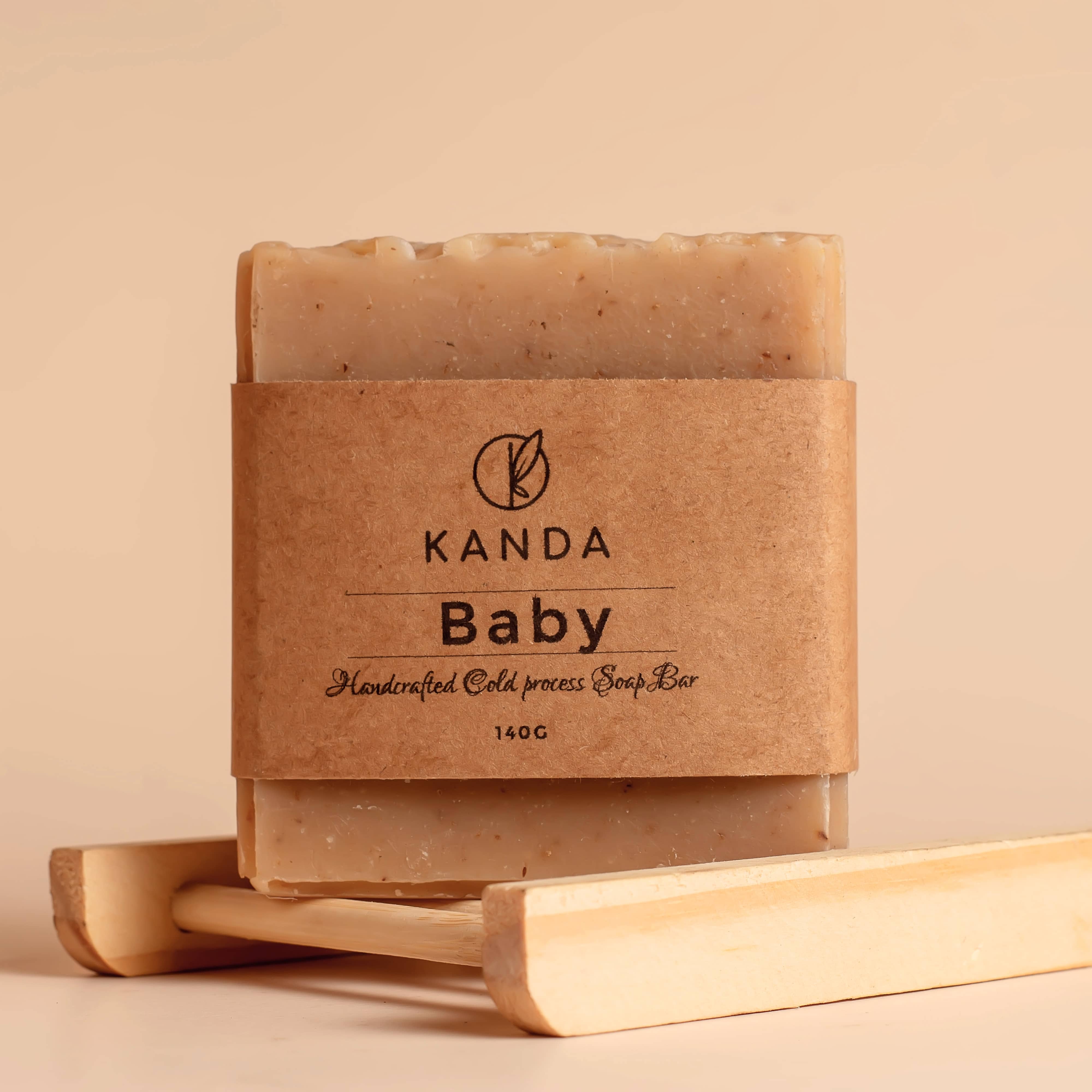

About The Kanda Baby Soap
Kanda Baby Soap is a gentle, moisturising soap that is handcrafted from scratch using the cold process method. It is suitable for babies and even adults with gentle and sensitive skin. It is an unscented gentle baby soap that has:
- Deeply nourishing cocoa butter,
- Colloidal oatmeal which soothes skin conditions,
- Moisturising olive oil,
- Deep cleansing coconut oil which also adds a rich lather,
- Castor oil which helps to draw moisture to the skin so it stays smooth, and
- Honey which helps the skin lock in its natural moisture.
How To Use The Kanda Baby Soap
Use the Kanda Baby Soap on your baby’s face and body anytime you bathe your baby. Gently massage it in a circular motion over the entire body, lather, rinse, and snuggle. From when your baby is 4-6 weeks old, you can incorporate a soft washcloth into your baby’s bath routine.
*Remember to keep soaps out of reach of children.


